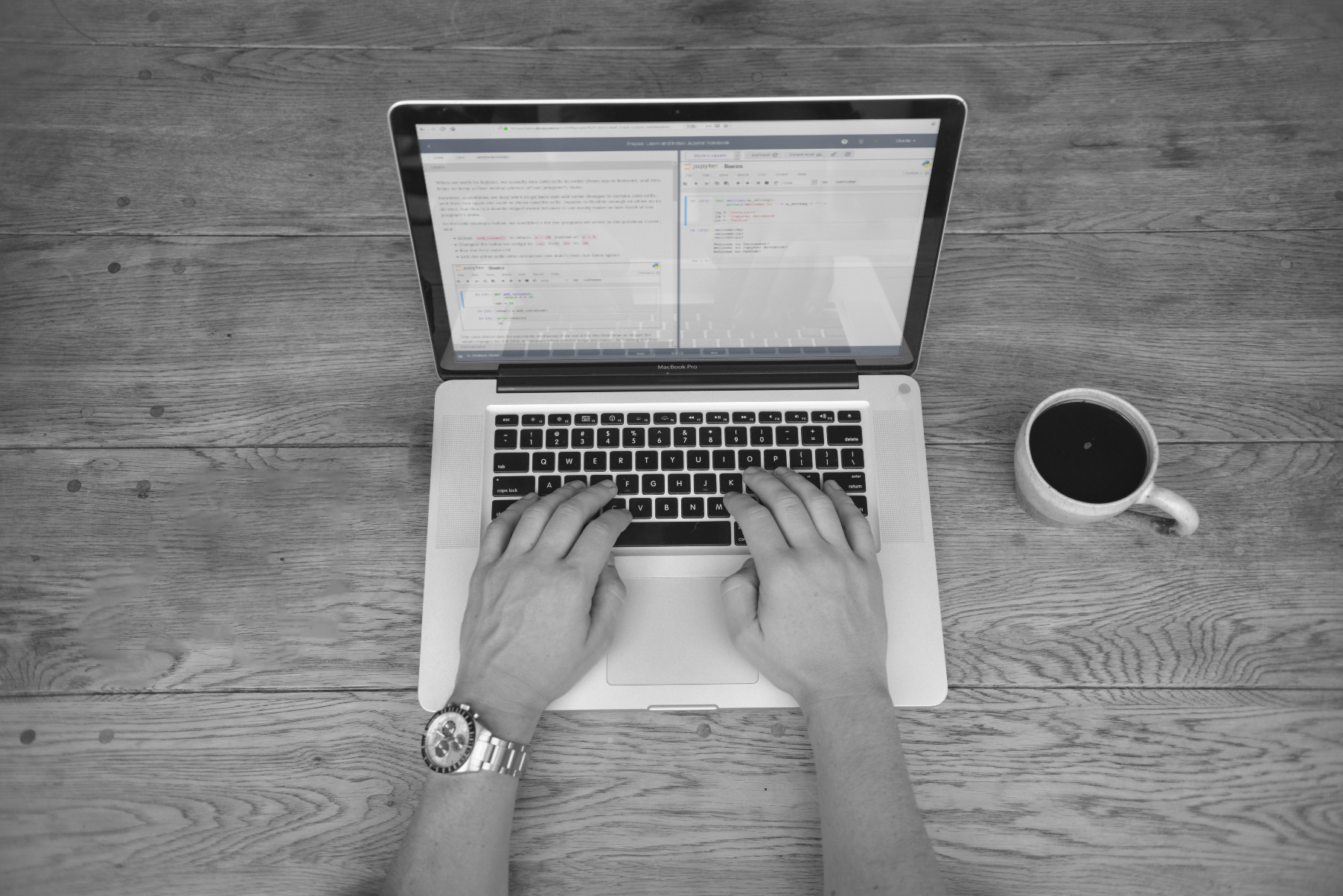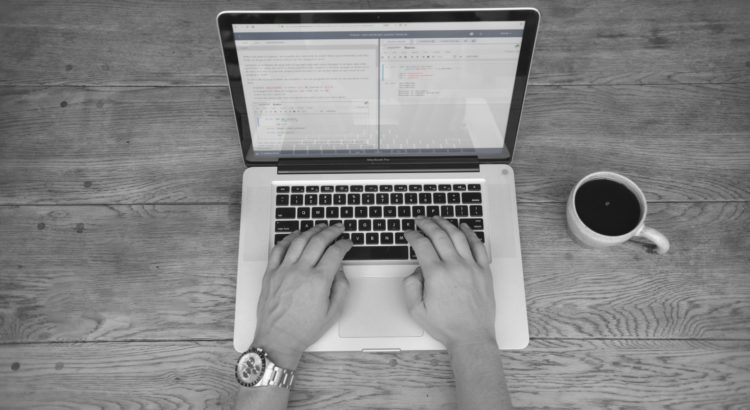Why Learn Python For Data Science?

Before we explore how to learn Python for data science, we should briefly answer why you should learn Python in the first place.
In short, understanding Python is one of the valuable skills needed for a data science career.
Though it hasn’t always been, Python is the programming language of choice for data science. Here’s a brief history:
- In 2016, it overtook R on Kaggle, the premier platform for data science competitions.
- In 2017, it overtook R on KDNuggets’s annual poll of data scientists’ most used tools.
- In 2018, 66% of data scientists reported using Python daily, making it the number one tool for analytics professionals.
Data science experts expect this trend to continue with increasing development in the Python ecosystem. And while your journey to learn Python programming may be just beginning, it’s nice to know that employment opportunities are abundant (and growing) as well.
According to Indeed, the average salary for a Data Scientist is $127,918.
The good news? That number is only expected to increase. The experts at IBM predicted a 28% increase in demand for data scientists by the year 2020.
So, the future is bright for data science, and Python is just one piece of the proverbial pie. Fortunately, learning Python and other programming fundamentals is as attainable as ever. We’ll show you how in five simple steps.
But remember – just because the steps are simple doesn’t mean you won’t have to put in the work. If you apply yourself and dedicate meaningful time to learning Python, you have the potential to not only pick up a new skill, but potentially bring your career to a new level.
How to Learn Python for Data Science

First, you’ll want to find the right course to help you learn Python programming. Dataquest’s courses are specifically designed for you to learn Python for data science at your own pace.
In addition to learning Python in a course setting, your journey to becoming a data scientist should also include soft skills. Plus, there are some complimentary technical skills we recommend you learn along the way.
Step 1: Learn Python Fundamentals
Everyone starts somewhere. This first step is where you’ll learn Python programming basics. You’ll also want an introduction to data science.
One of the important tools you should start using early in your journey is Jupyter Notebook, which comes prepackaged with Python libraries to help you learn these two things.
Kickstart your learning by: Joining a community
By joining a community, you’ll put yourself around like-minded people and increase your opportunities for employment. According to the Society for Human Resource Management, employee referrals account for 30% of all hires.
Create a Kaggle account, join a local Meetup group, and participate in Dataquest’s members-only Slack discussions with current students and alums.
Related skills: Try the Command Line Interface
The Command Line Interface (CLI) lets you run scripts more quickly, allowing you to test programs faster and work with more data.
Step 2: Practice Mini Python Projects
We truly believe in hands-on learning. You may be surprised by how soon you’ll be ready to build small Python projects.
Try programming things like calculators for an online game, or a program that fetches the weather from Google in your city. Building mini projects like these will help you learn Python. programming projects like these are standard for all languages, and a great way to solidify your understanding of the basics.
You should start to build your experience with APIs and begin web scraping. Beyond helping you learn Python programming, web scraping will be useful for you in gathering data later.
Kickstart your learning by: Reading
Enhance your coursework and find answers to the Python programming challenges you encounter. Read guidebooks, blog posts, and even other people’s open source code to learn Python and data science best practices – and get new ideas.
Automate The Boring Stuff With Python by Al Sweigart is an excellent and entertaining resource.
Related skills: Work with databases using SQL
SQL is used to talk to databases to alter, edit, and reorganize information. SQL is a staple in the data science community, as 40% of data scientists report consistently using it.*
Step 3: Learn Python Data Science Libraries
Unlike some other programming languages, in Python, there is generally a best way of doing something. The three best and most important Python libraries for data science are NumPy, Pandas, and Matplotlib.
NumPy and Pandas are great for exploring and playing with data. Matplotlib is a data visualization library that makes graphs like you’d find in Excel or Google Sheets.
Kickstart your learning by: Asking questions
You don’t know what you don’t know!
Python has a rich community of experts who are eager to help you learn Python. Resources like Quora, Stack Overflow, and Dataquest’s Slack are full of people excited to share their knowledge and help you learn Python programming. We also have an FAQ for each mission to help with questions you encounter throughout your programming courses with Dataquest.
Related skills: Use Git for version control
Git is a popular tool that helps you keep track of changes made to your code, which makes it much easier to correct mistakes, experiment, and collaborate with others.
Step 4: Build a Data Science Portfolio as you Learn Python
For aspiring data scientists, a portfolio is a must.
These projects should include several different datasets and should leave readers with interesting insights that you’ve gleaned. Your portfolio doesn’t need a particular theme; find datasets that interest you, then come up with a way to put them together.
Displaying projects like these gives fellow data scientists something to collaborate on and shows future employers that you’ve truly taken the time to learn Python and other important programming skills.
One of the nice things about data science is that your portfolio doubles as a resume while highlighting the skills you’ve learned, like Python programming.
Kickstart your learning by: Communicating, collaborating, and focusing on technical competence
During this time, you’ll want to make sure you’re cultivating those soft skills required to work with others, making sure you really understand the inner workings of the tools you’re using.
Related skills: Learn beginner and intermediate statistics
While learning Python for data science, you’ll also want to get a solid background in statistics. Understanding statistics will give you the mindset you need to focus on the right things, so you’ll find valuable insights (and real solutions) rather than just executing code.
Step 5: Apply Advanced Data Science Techniques
Finally, aim to sharpen your skills. Your data science journey will be full of constant learning, but there are advanced courses you can complete to ensure you’ve covered all the bases.
You’ll want to be comfortable with regression, classification, and k-means clustering models. You can also step into machine learning – bootstrapping models and creating neural networks using scikit-learn.
At this point, programming projects can include creating models using live data feeds. Machine learning models of this kind adjust their predictions over time.
Remember to: Keep learning!
Data science is an ever-growing field that spans numerous industries.
At the rate that demand is increasing, there are exponential opportunities to learn. Continue reading, collaborating, and conversing with others, and you’re sure to maintain interest and a competitive edge over time.
How Long Will It Take To Learn Python?
After reading these steps, the most common question we have people ask us is: “How long does all this take?”
There are a lot of estimates for the time it takes to learn Python. For data science specifically, estimates a range from 3 months to a year of consistent practice.
We’ve watched people move through our courses at lightning speed and others who have taken it much slower.
Really, it all depends on your desired timeline, free time that you can dedicate to learn Python programming and the pace at which you learn.
Dataquest’s courses are created for you to go at your own speed. Each path is full of missions, hands-on learning and opportunities to ask questions so that you get can an in-depth mastery of data science fundamentals.
Get started for free. Learn Python with our Data Scientist path and start mastering a new skill today.
Resources and studies cited:
